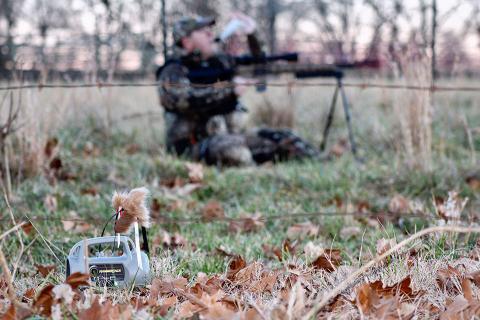Will Primos, the creator of Primos Hunting has been hunting white-tailed deer for 58 years. He’s been a part of the Mossy Oak family from the very beginning. He’s made nearly 100 videos on hunting and has produced almost 500 TV show episodes - all named “The Truth.”
How to Learn to Be a Better Deer Hunter from Your Misses
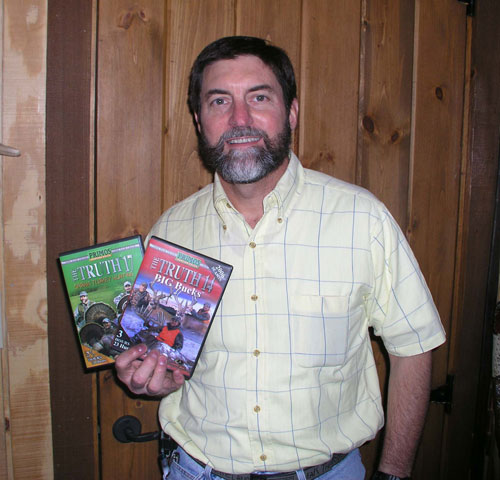 Many years ago, Ronnie “Cuz” Strickland, today the Senior Vice President of Mossy Oak, was my videographer. In the first turkey-hunting video we filmed, I missed a turkey, and we left the miss in the video. During that entire season, we showed the misses as well as the times I successfully harvested turkeys. After the season was over, we were trying to think of a name for the video, and Cuz said, “All I know is that it’s the truth about turkey hunting.” He meant that the truth about turkey hunting includes missing as well as harvesting a bird.
Many years ago, Ronnie “Cuz” Strickland, today the Senior Vice President of Mossy Oak, was my videographer. In the first turkey-hunting video we filmed, I missed a turkey, and we left the miss in the video. During that entire season, we showed the misses as well as the times I successfully harvested turkeys. After the season was over, we were trying to think of a name for the video, and Cuz said, “All I know is that it’s the truth about turkey hunting.” He meant that the truth about turkey hunting includes missing as well as harvesting a bird.
In the beginning, people would ask me, “Why do you show the misses in your videos?” I would explain that they could learn a lot about turkey hunting when they studied why they missed, and what the turkeys did when they missed. We learned much more about how to be a better, safer, more efficient turkey hunter from our misses than we did from the turkeys we took.
When you’re turkey hunting or deer hunting, the hunt often goes quickly. You may not remember what calls you made, exactly how far the turkey was from you when you took the shot, or what the turkey did when you squeezed the trigger. So, Cuz and I learned that there’s a lot to be learned from the misses. As a matter of fact, we found we could learn more from the turkeys and the deer we missed than we did from the ones we harvested.
Also, when you’re calling to a turkey, a deer, a duck or an elk, you’re more concentrated on where you want that critter to be to take the shot, than you are on what the critter does when he hears your calls, and how he reacts to the different calls that you make. That’s vital information that can help you be more successful on your next hunt. When the hunt’s over, if you have a camera photographing the hunter and one photographing the animal, you can go back and study every part of that hunt and the shot and learn what happens after the shot. We’ve learned a lot by reviewing our videos and studying what the animals did when we called to them, when we got them in close, and when we took the shot. So, we learned that if you studied all aspects of the hunt after it was over, you could learn more about how to hunt, how to call, what effect the call had on the animal, and what happened when you squeezed the trigger either on a bow or a gun.
We use the videos to educate and entertain the viewers and also to educate ourselves on how to hunt better. We’ve found that we become more efficient and more proficient hunters by studying our videos after the hunt.
I never will forget the first time that we put a video in slow motion after I’d shot over the back of a really big buck. I couldn’t understand why I had shot high. I knew the yardage and the pin I needed to aim with for that yardage, and I had gone through my shot routine and done everything as perfectly as I could. Yet I still missed. But when we slowed the video down, we saw that when I released the arrow, the deer heard the sound, dropped down, pushed off and turned before the arrow got to him. We learned from that video that the reaction of the animal when we shot the bow could make a tremendous difference in whether or not the arrow hit the animal or where it hit the animal. We learned to compensate for the deer dropping down, and we became more successful as bowhunters.
We’re seeing more and more hunters videoing their hunts. I believe that’s one of the best ways to learn how to improve as a hunter and as a shooter. Analyzing what happens when you miss an animal will help you be far more successful than your viewing a successful hunt.
Why Will Primos’ First Truth Video Helped Him Take More Whitetails
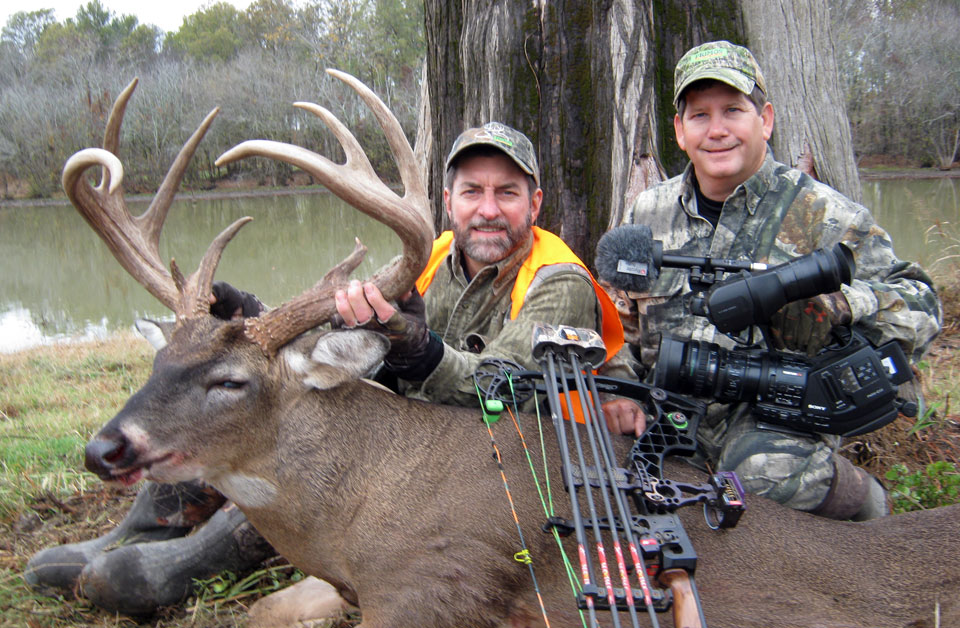
One of the most profound things that I figured out as I began to try to take older-age-class bucks was that you absolutely must have the wind in your favor from the time you leave your vehicle, until you’re sitting in your stand. If the wind is not in your face when you approach your stand, it’s like you’re ringing a dinner bell, telling every animal in the woods, “Here I come; you’d better run.” That one mistake of not keeping the wind in your favor when you go to your stand will be the major reason you don’t see deer where you thought you should have, especially with older-age-class bucks. This is especially true when you’re bowhunting.
I like to be close to the animals, and that’s the reason I hunt with a bow. I like to be able to see their reactions when I call to them. My hunts are not so much about the harvesting of the animals, but more about seeing wildlife up close and personal.
The closest I’ve ever had a deer that you’ve harvested is 5 yards away from the base of the tree where I was. If a whitetail is that close to you, you have to make an extremely delicate and precisely placed shot if you’re going to take that deer. One thing to remember is not to aim for the place you want the arrow to enter the deer, but aim where you want the arrow to exit the deer after it passes through it. I’ve found that focusing on where you want the arrow to exit will bring down more deer than focusing on where you want the arrow to enter the animal.
When I’m shooting a deer straight under me, I aim with my very top pin. If you’re using proper form correctly, you’ve got to bend at the waist first. If you bend from the waist, then everything stays perfect in your form as though you’re standing on the ground. My top pin is set at 20 yards. So, I’ll shoot that top pin standing on the ground at 10 yards. I’ve learned that my top pin will be 2-1/2 to 3-inches low at 10 yards. You have to remember that your arrow’s going to hit low, if you’re using your top pin to aim. You have to aim high for the arrow to hit where you want it to hit, and that’s if the deer doesn’t move at the sound of the bow going off.
How to Shoot Long at Deer When Bowhunting
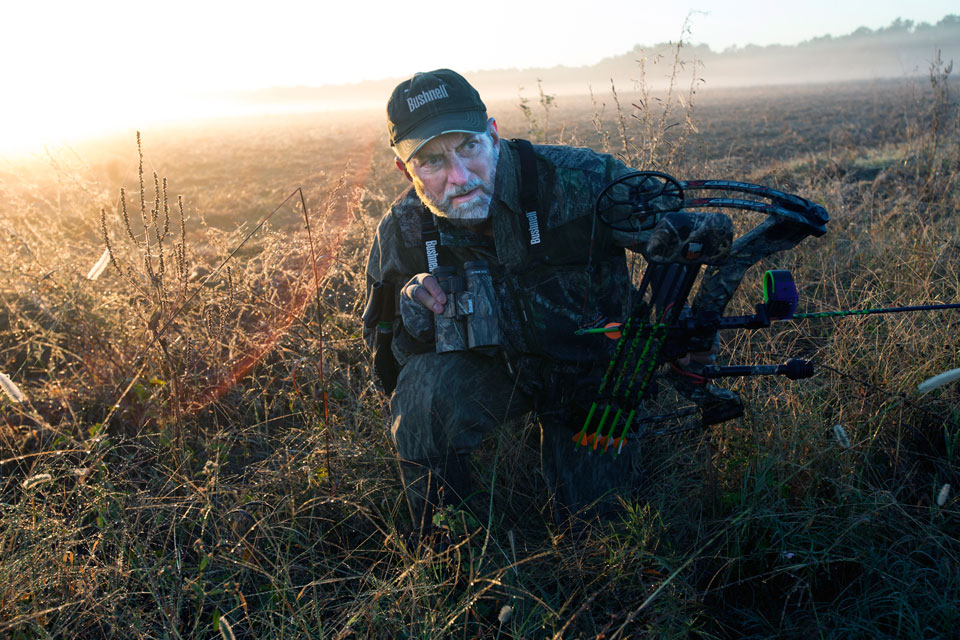
The longest shot I’ve taken at a whitetail with my bow is 40 yards. To make that shot, I practice shooting out to 100 yards. Distance shooting amplifies any mistake that you may make in your shooting.
I encourage bowhunters to look at YouTube videos from professional archers like Levi Morgan and watch them shoot. You don’t have to use the same release he does, but look at his follow-through, the way he squeezes the release instead of punching it, and how he lets his sight pin float as he squeezes off the shot. Always remember that you don’t know if a deer will move from the time you squeeze that mechanical release and the arrow flies, until the arrow gets to the deer. At 40 yards, if a buck hears the bow fire, he typically will drop down to get his weight low, lean over and then push off and jump and run back the same way he’s come.
The deer knows that he’s been safe in the direction he has come from, until he reaches the spot where he’s heard the sound. So, if he goes back in the direction he’s come, he’ll be safe. If the deer reacts to the sound of the bow, he easily can drop down 12 inches or more before the arrow reaches him.
I always try to aim for the heart. This way if the deer drops down before the arrow reaches him, you’ll still hit him in the top of the lungs. If the deer doesn’t react to the sound of the bow, you’ll hit him in the heart. However, if you aim in the middle of his body, and he drops down, your arrow will crease the top of his back. Or, you will shoot high, you’ll completely miss him. You’ve got to train yourself to shoot for the heart. I’ve had some deer that I just knew were going to drop down at the sound of the bow. But they didn’t move one inch, and I got a heart shot. Other deer might come in really nervous, and I would have bet you anything that they would drop down, but they didn’t. Other deer I was pretty sure wouldn’t move, went absolutely berserk at the sound of the bow.
I had a friend that was hunting a big buck that was feeding under a white oak tree. When the buck came in, he was at 27 yards, and my friend took the shot right behind his front shoulder where most archers would aim. When my friend looked at the video, he saw that the buck dropped down, and the arrow hit him high in the back. My friend never recovered that deer. Now if he had shot for the heart, his broadhead would have passed through the top of the lungs, and the deer probably wouldn’t have gone very far. Having said all that, I’ve had deer react to the sound of the bow in every state I’ve ever hunted whitetails, and I’ve had bucks not react to the sound of the bow in every state I’ve hunted.
If the deer’s leg is going straight down to the ground, the heart’s about three inches behind the leg and about three inches from the bottom of the deer’s chest. But if his leg’s back, the heart will be behind his knee. The best way to learn how to make the heart shot is go to the Quality Deer Management Association’s website. They have some excellent diagrams that will show you exactly where the heart’s located, if the deer’s leg is forward, straight down or back. QDMA also has some great diagrams to show you where all the organs in the deer are. I encourage people to support QDMA, because if you study the information they make available, you can be a better hunter.
What Are Some of Will Primos’ Toughest Bucks He’s Hunted?
There were some bucks that I hunted really hard but never did figure out how to take. Big 10 was a buck that I never could get close enough to take a shot with a bow. I would get pictures of him on cameras at night, so we knew exactly where he was living. I hunted him from when he was 4-1/2 years old until he was 7-1/2. Finally, I gave Big 10 to a friend named Brad Ferris to hunt with a gun.
Later Brad saw Big 10 go across a grass field and down a steep drop to the side of a riverbank right at daylight. The next morning, Brad got into a huge observation tower with a cameraman, and they spotted Big 10 coming across the grass field. He shot Big 10 with a rifle at 200 yards. That deer was 7-1/2 years old and had learned that there was no hunting pressure out in that grass field, at daylight. He could go straight off the edge of the bank down to a little dry spot on the edge of the river and stay there all day, and no one would be able to find him.
The other big deer that I remember is a deer we named Eric. We hunted him for several years, and then he seemed to vanish. We couldn’t find him. During the summer, we got a trail-camera picture of Eric at a salt lick when he was 4-1/2 years old. But we didn’t put out enough trail cameras to learn what route he was taking to get to the salt lick. So, I didn’t hunt him until I knew the pre-rut was starting. I thought if I saw him, we might get lucky and be close enough to get a shot.
Luckily, I had a very perceptive cameraman the day I finally hunted Eric, Johnny St. Clair. Johnny saw the deer walk close to our stand, but even though we had the wind in our favor, the buck looked as though he had smelled something. Maybe it was another deer, but he smelled something that he didn’t like. I knew it wasn’t us because we were downwind of him. Johnny whispered, “Call to him.”
I used the Primos Can Call, which is a bleat call. Then I grunted and wheezed. Within one or two minutes, the buck walked back to within about 22 yards and started licking his nose to try to pick up the smell of the deer he had heard calling to him. He turned broadside and walked, so I manked him, which is a kind of bleat, and the buck stopped. He was quartering to me. I had to shoot in front of his shoulder, to ensure the arrow would come out behind the offside shoulder after passing through the lung and heart area. The buck only went about 45 or 50 yards, before he piled-up. That buck grossed 182 inches. Here’s the hunt if you’d like to watch it:
What Was Will Primos’ Biggest Buck and His Two Best Deer Hunting Tips
I took the biggest buck I’ve ever harvested with my bow in Kansas. He scored 186. We had quite a few trail-camera pictures of this deer, but we never could understand why we couldn’t see him during daylight hours.
We were hunting on the last day of our Kansas trip, when my cameraman tapped me on the shoulder and said, “I don’t have enough light to film.” About 20 seconds later, I saw movement in the woods. The buck stopped about 15-20 yards away from us, and I had a clear shot, so I took him.
Now I know that I violated all the rules of shooting videos and TV shows. When you’re trying to do a video or a TV show, and the cameraman says he doesn’t have enough light that means if you take the shot, you’re not going to get the video that you came out to get. However, this buck was a buck that we’d hunted for a long time and was in plenty of pictures. I was just obsessed with this buck. I knew I could make the shot, and we were still within legal shooting hours. I’m a hunter and sometimes hunting instincts take over, especially when you’ve been hunting a really nice buck for a long time. Even though our job is to record video, we’re still hunters, with all the hunting instincts, desires and motivations that go with being a hunter. So, I was glad I harvested that buck.
Will Primos’ Deer Hunting Tips:
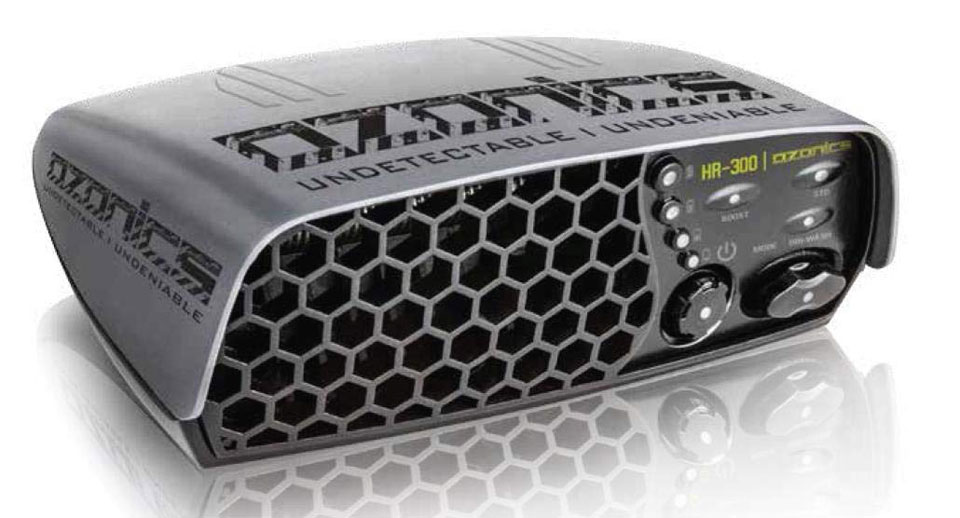
I’m often asked, “If there were two major deer hunting tips that you could give any hunter to increase his odds of taking a deer this season, what would they be?” I’ve already mentioned the importance of approaching your stand. That’s a mistake that hunters make that can cause them to not see the buck that they went to the stand to take, and possibly not see any deer at all.
1. You’ve got to make sure you’ve got a favorable wind, move slowly and quietly and get your equipment into your stand with the least amount of noise and movement possible.
2. Watch the wind. If a deer sees you or hears you, he may not know what you are and may not spook. But if a deer smells you, he’ll leave the country.
The other day I was hunting with Jordan Blissett, my cameraman. We were sitting on the edge of the Mississippi River and I saw leaves moving. “We’ve got to leave,” I told Jordan. Jordan whispered back, “This is the only time we’ve got to hunt; let’s just try and get lucky.” A deer blew at us, and I saw another deer approaching, and those two deer, as well as any other deer within hearing, blew out of that area. I realized we’d just spooked the deer that we were trying to take. We both realized we had messed up our hunting site by not leaving the region as soon as we felt the wind change. When you hunt at the wrong time with the wrong wind, you may as well be in your living room. At least in your living room, you won’t spook the buck that you’re trying to take.
I use a wind checker constantly while going to my stand and when I’m in my stand. I also put up two Ozonics ozone machines - one pointed off the back of the tree I’m sitting in, and a little to the right, and the other on the back of my tree stand, a little to the left. That way if the wind shifts only slightly, I have ozone covering my human odor. I always protect the downwind side of my tree stand. I can’t tell you how many times we’ve set up where we were almost dead certain that the buck was not going to come from our downwind side, but they did.
If you want to learn more about how Will Primos hunts, you can go to his YouTube channel.














